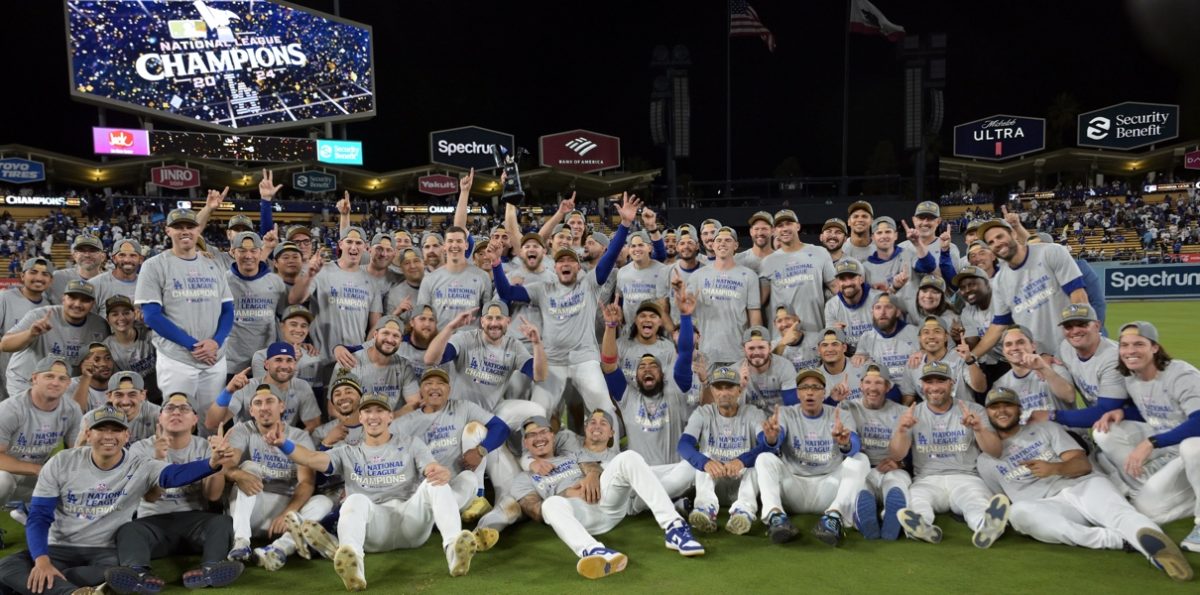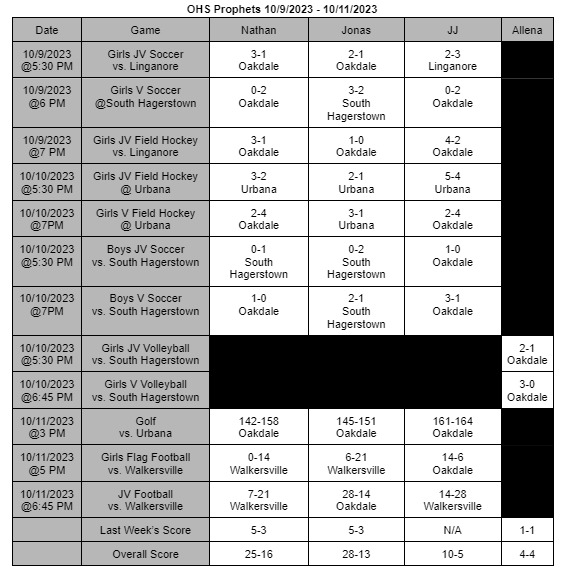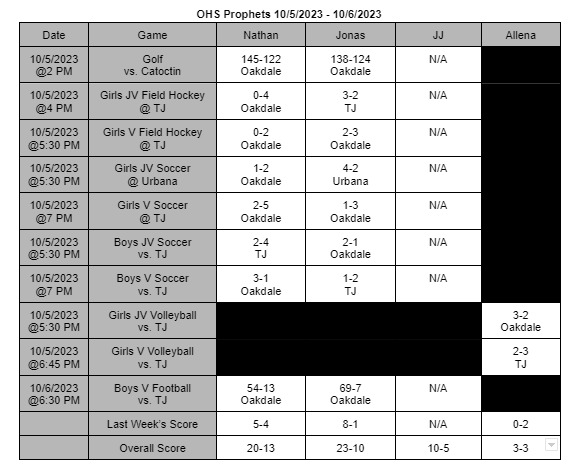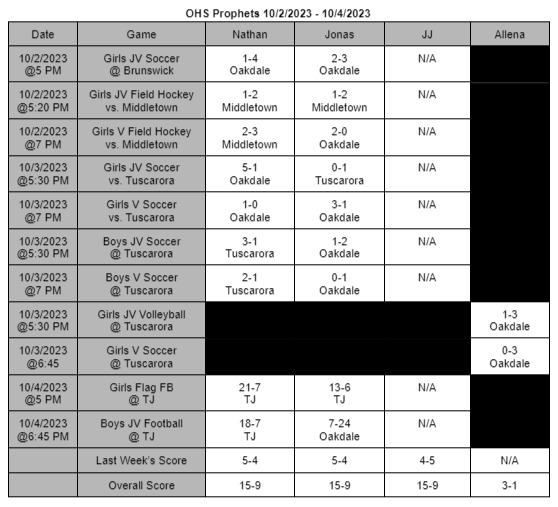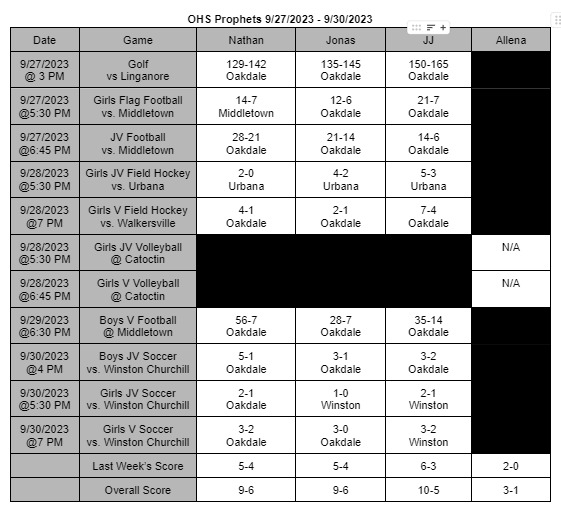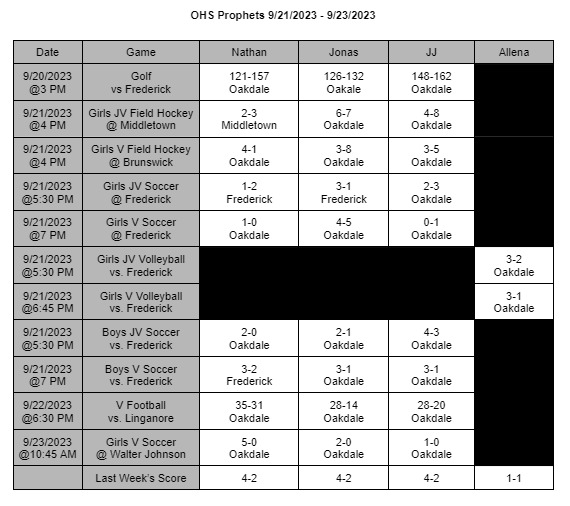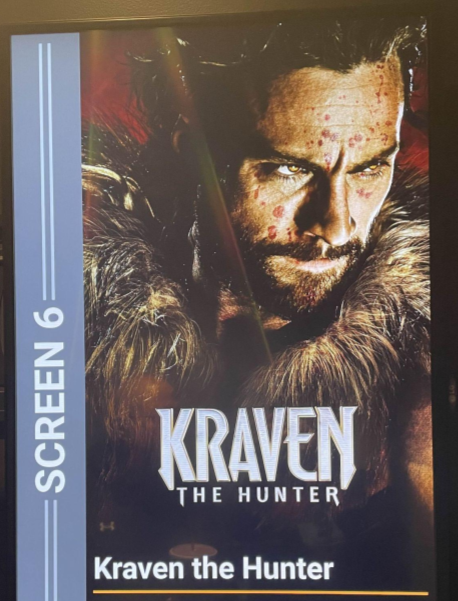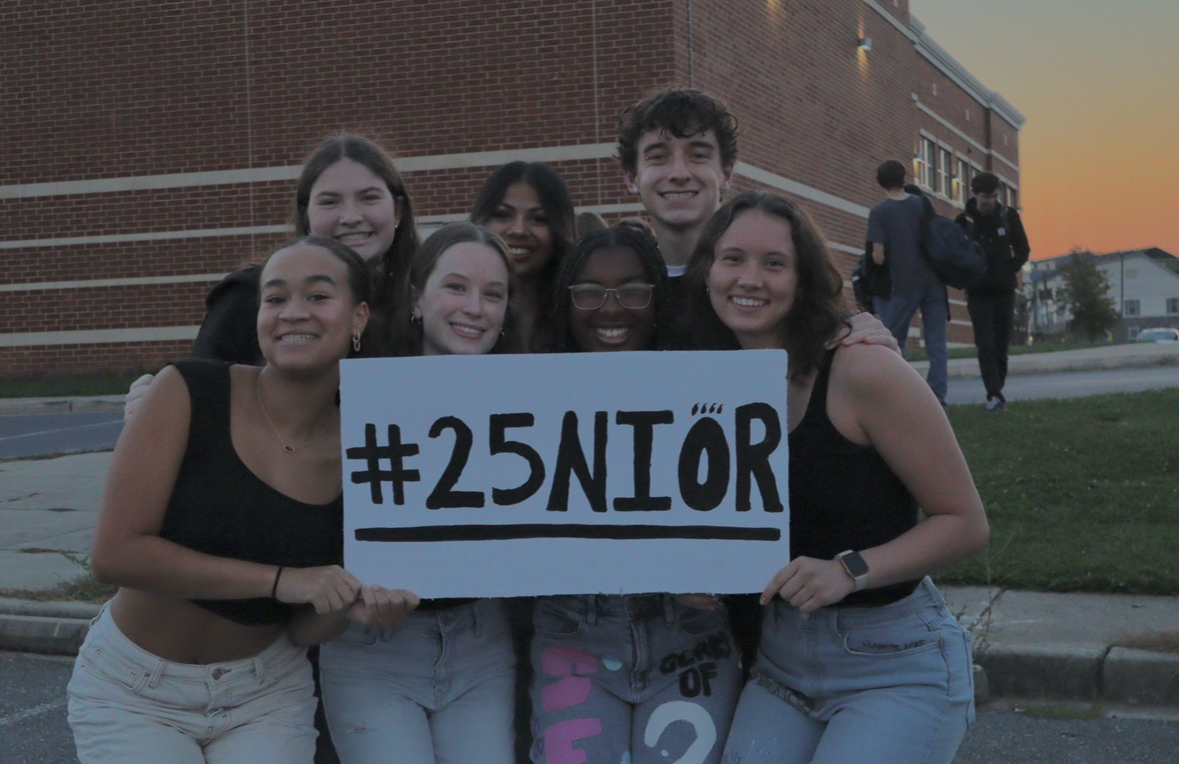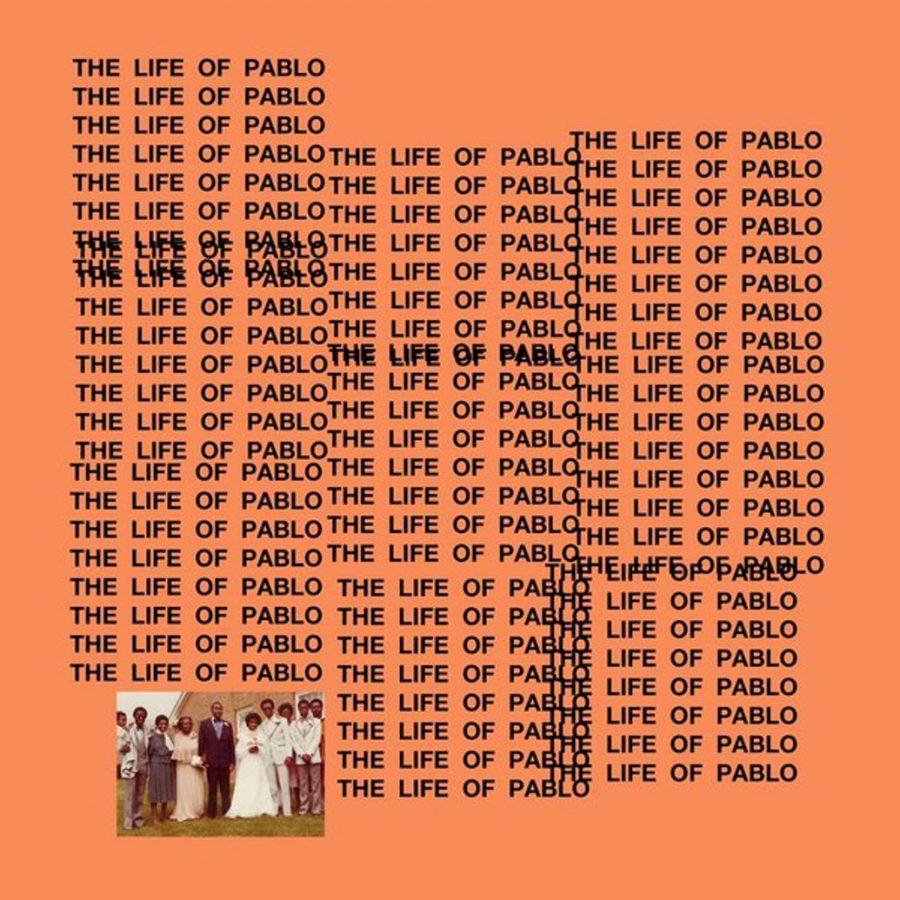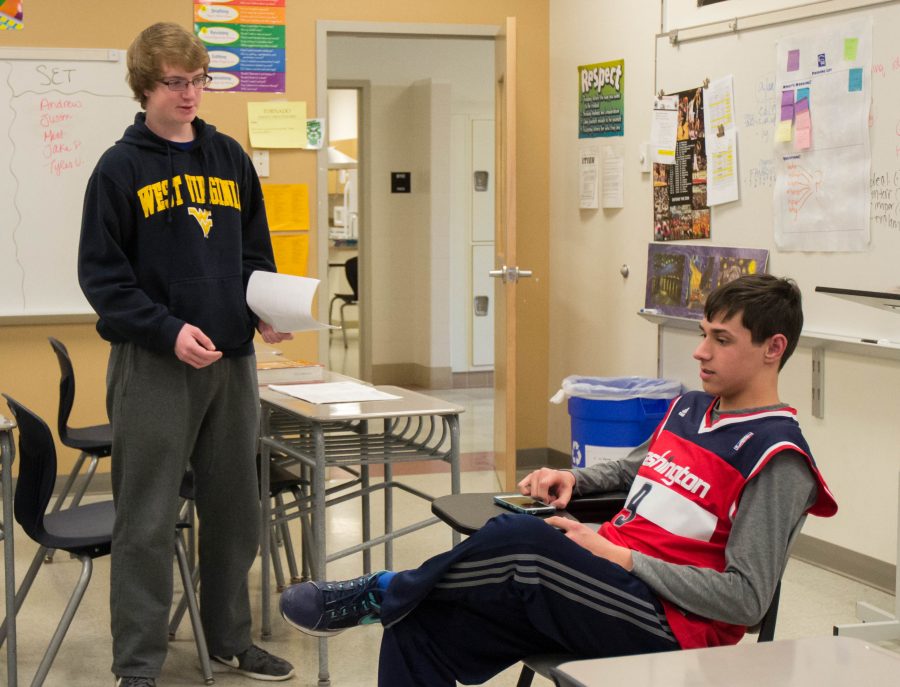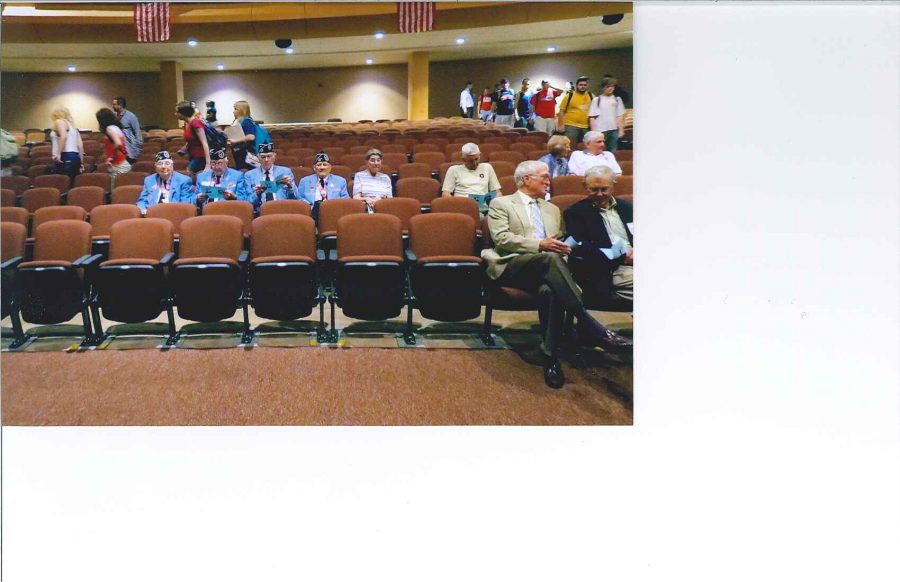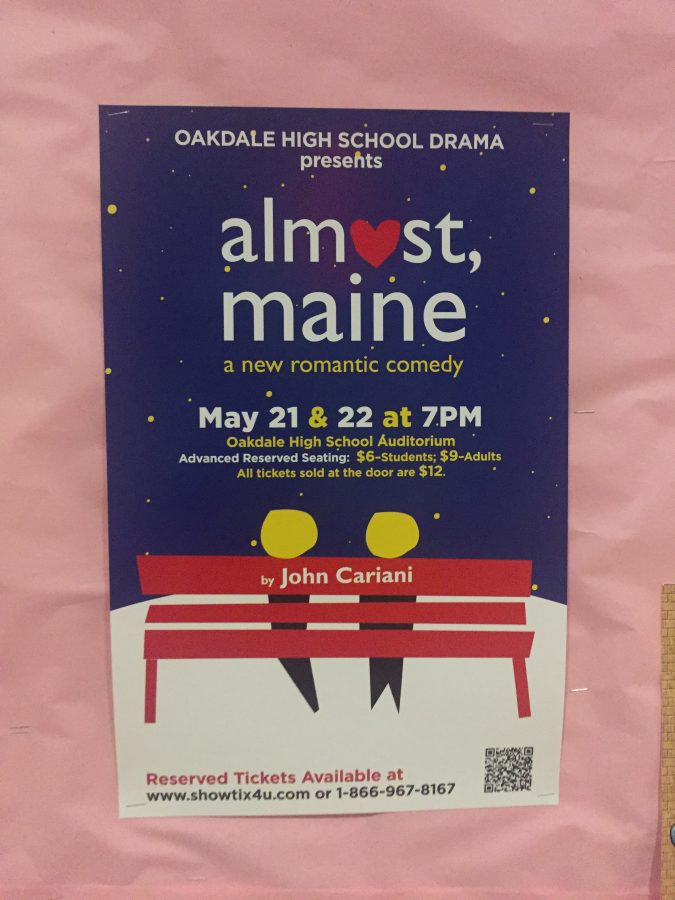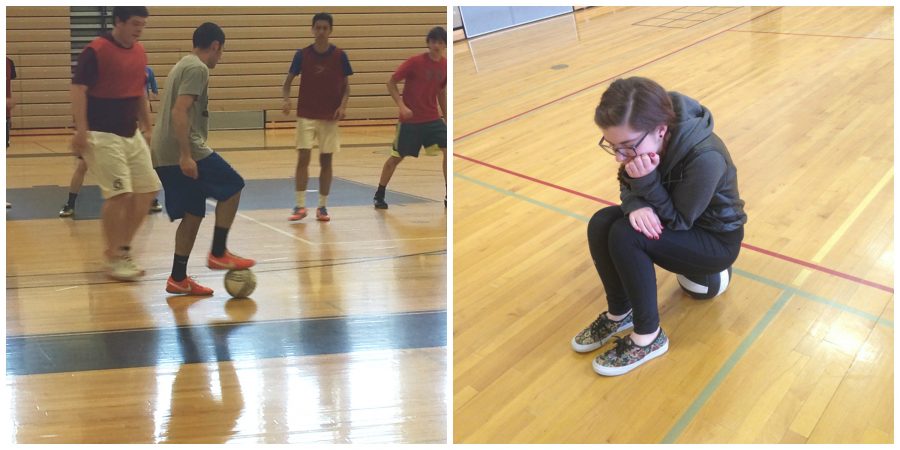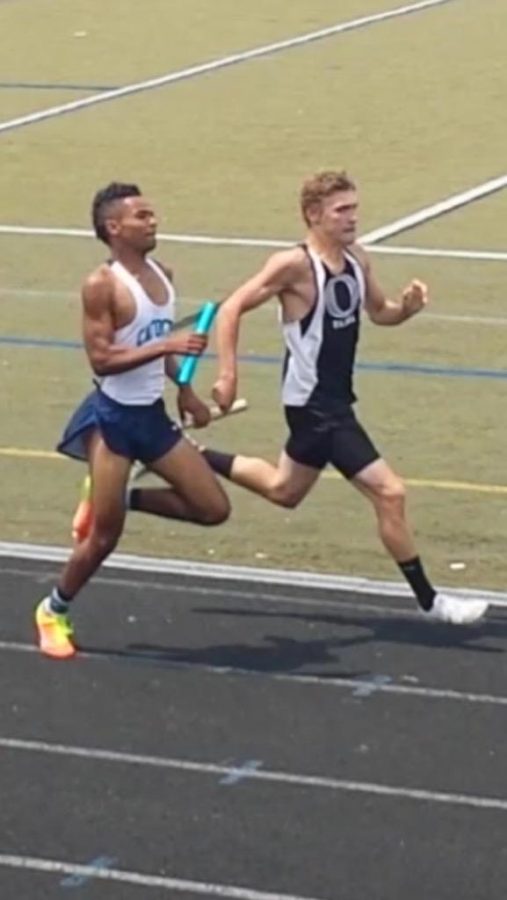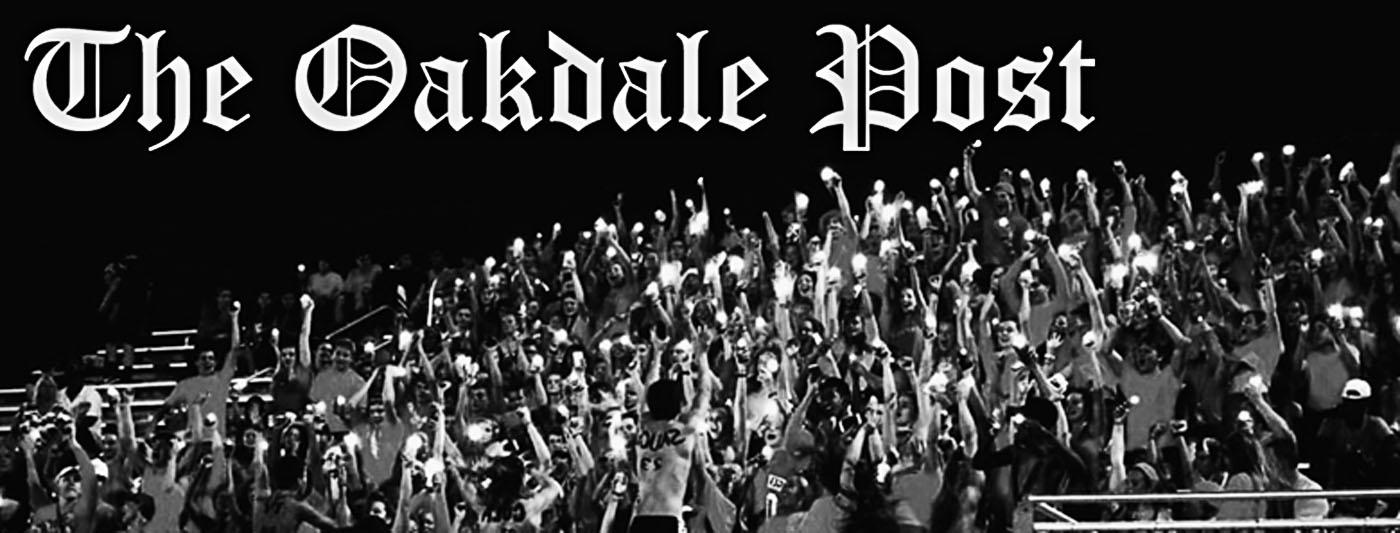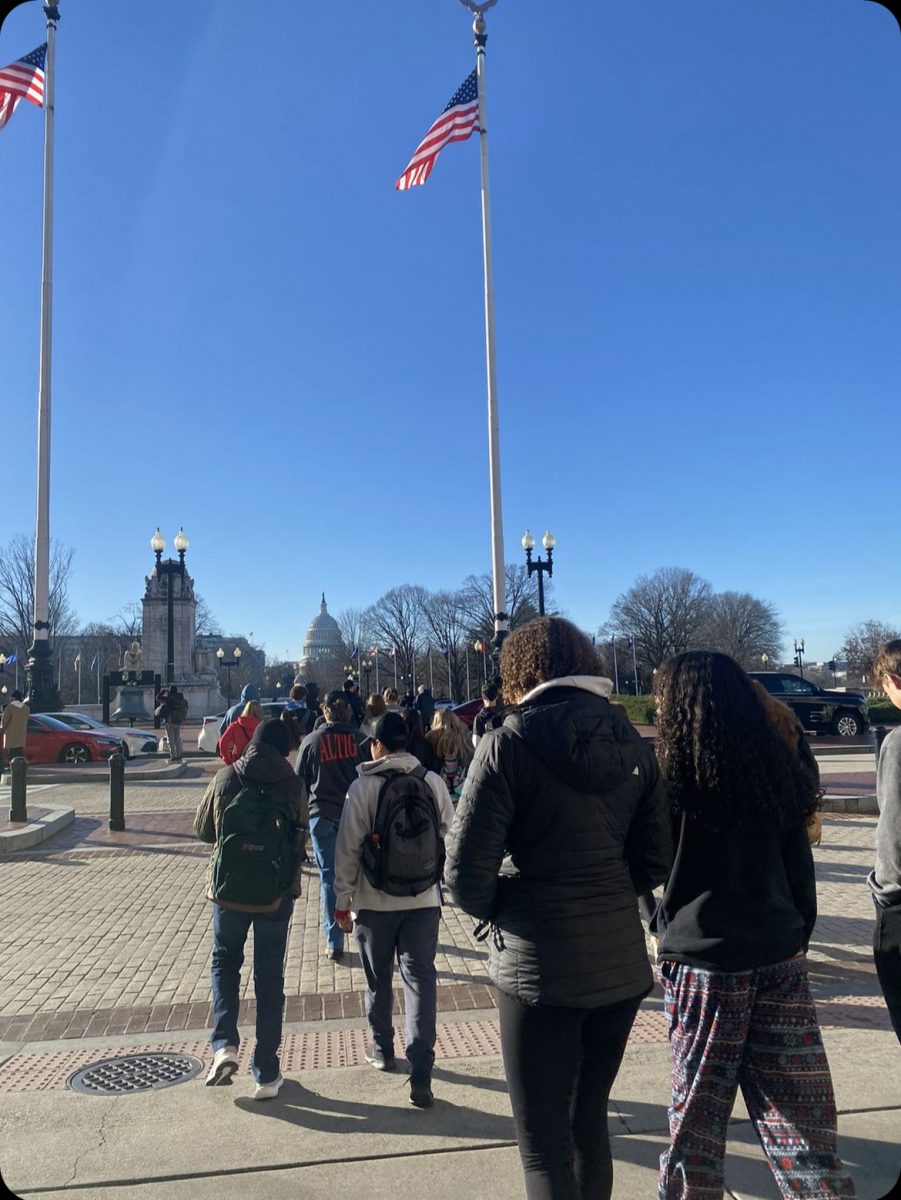As of March 2023, 28 of the 50 states require some number of service hours for graduation. In the state of Maryland, students must obtain 75 service hours, which are often infused within the curriculum. Frederick County Public Schools have implemented a new program for students to get a better understanding of community service during the school day.
The class, called Peer and Community Engagement Experience (PACEE), is an improved version of the program previously known as Student Service Learning (SSL). While students do not earn their required 75 hours in this program, they are introduced to the idea of “service.”
“SSL, before PACEE, was an unregulated program. SSL was whatever each school wanted it to be,” noted Jennifer Cole, the PACEE coordinator at Oakdale High School.
Accordingly, the transition from SSL to PACEE comes with new goals and more structure. The guidelines are defined at the county level, implemented the same throughout all schools, but see variations across classrooms.
During their time in the program, many students spend time planning a final project. These range from discussion panels to field trips to collaborating with elementary and middle schools, informing and teaching younger children.
“For our project, we went to Deer Crossing Elementary School and Spring Ridge Elementary School,” exclaimed Oakdale junior Kaitlyn Rytter, who worked with senior Kaelin Bailey. “We went from classroom to classroom teaching students 3rd-5th [grade] basic ASL signs they can use to interact with deaf individuals.”
“For the planning process we made a script of how the presentation would go and be engaging to the young audience,” Rytter detailed. As with anything in life, this did not just come together overnight.
“We also made pamphlets for the students to take home. The pamphlets consisted of signs they had learned that day, a website where they can learn more signs, and facts about deaf culture,” she continued.
While PACEE students planned several large scale projects, that doesn’t necessarily mean that little things can’t be done instead.
“The requirement is that 80+% of the students’ time is spent being a service to other students,” clarified Cole.
PACEE students in science classrooms spend time setting up and taking down labs, giving the classroom students more time to complete their activities, and taking work off the teacher’s plate, giving them more time with their classes. However for history subjects and world language classes, PACEE students may spend their time generating study materials.
Regardless of what they do for the class, many participants shared that PACEE is an eye-opening experience. A majority felt that it was a great assessment of where they stand on the service spectrum and was a nice opportunity to continue their service efforts.
For those interested in learning more about PACEE or wanting some advice for final projects, reach out to previous program participants, talk to teachers, or Jennifer Cole by email at [email protected].
“My advice would be to get out in the community,” Bailey shared. “Seeing the smiles on kids’ and teachers’ faces was truly something memorable. You can uplift the community very easily and I think PACEE is a great opportunity to do so.”










